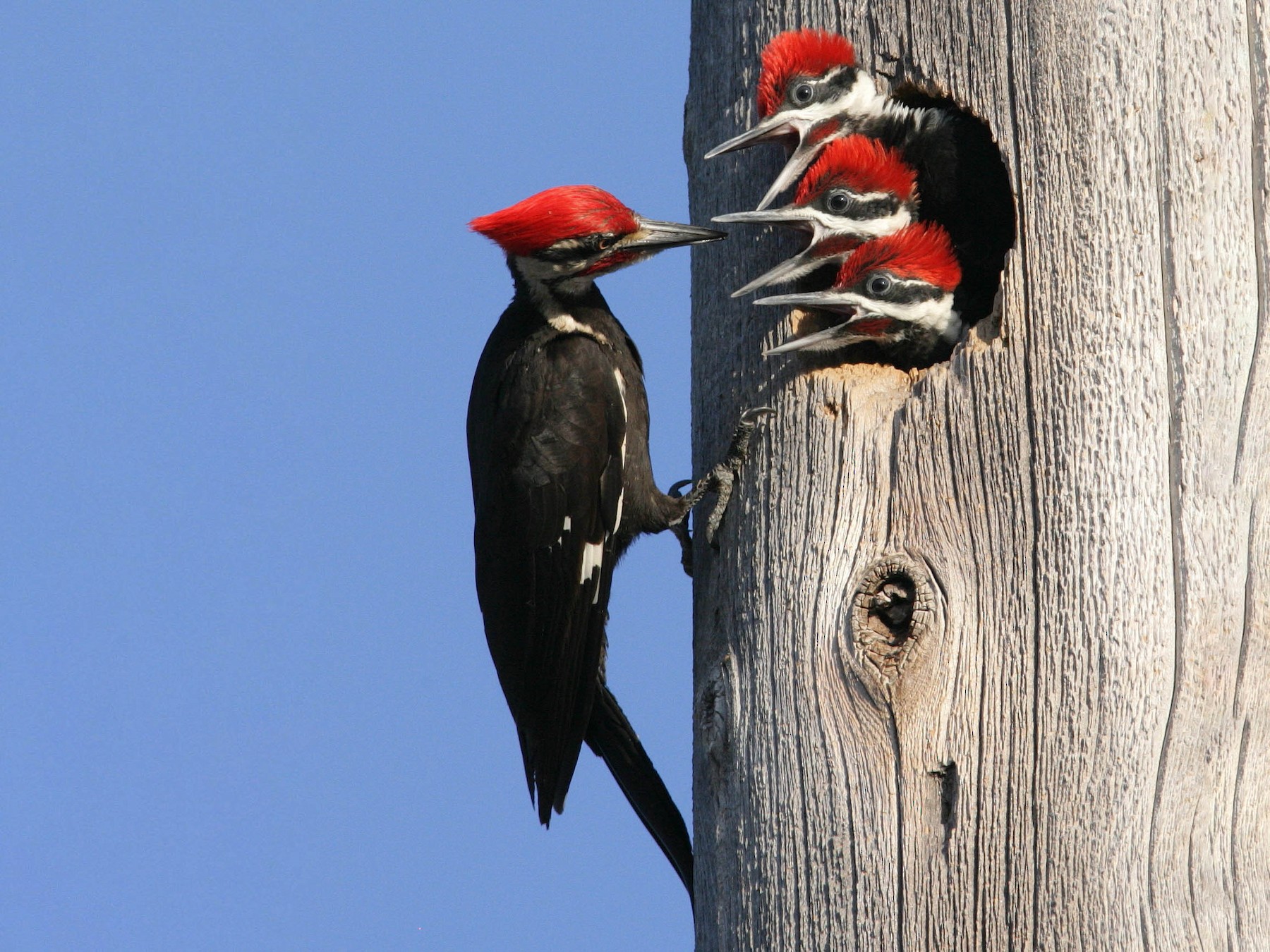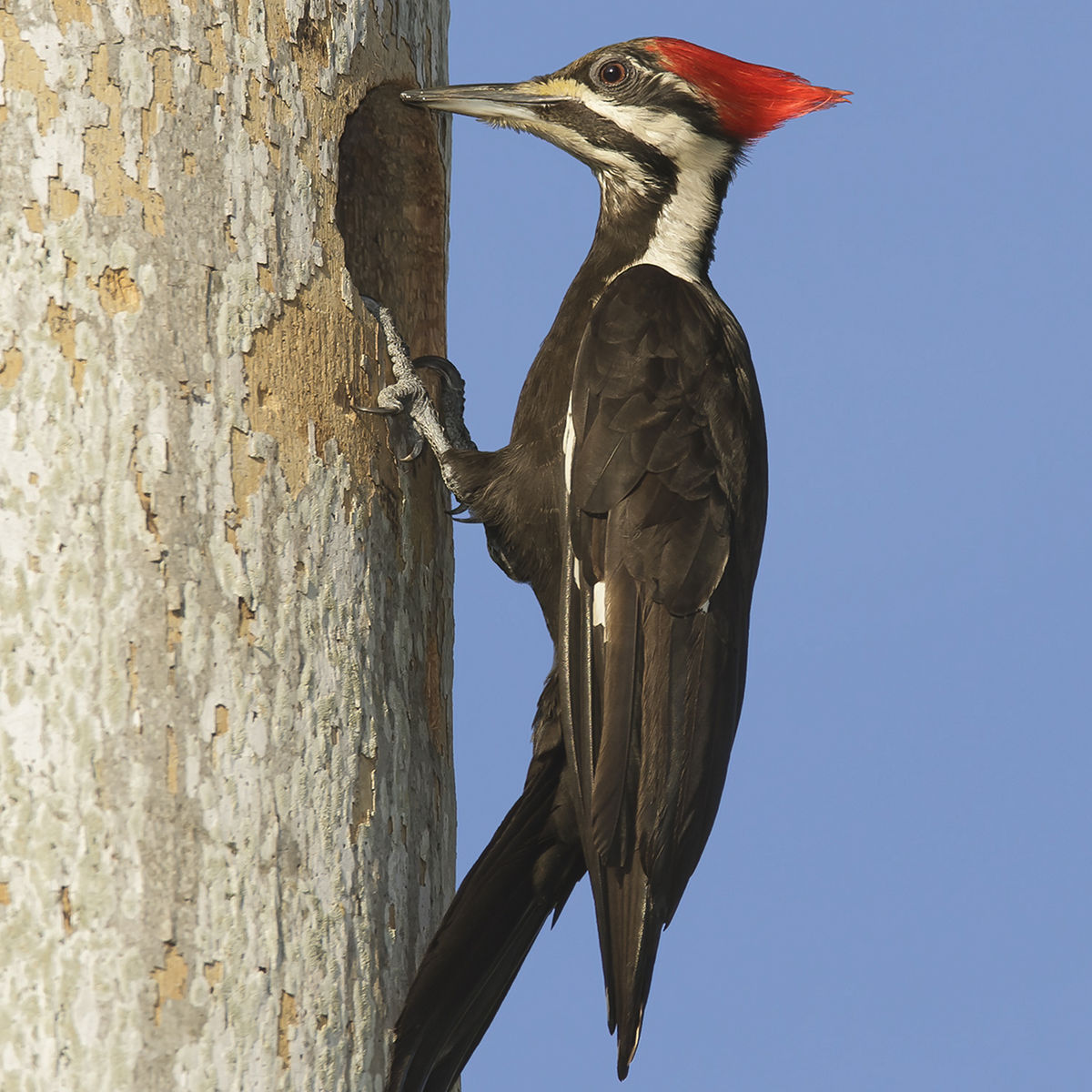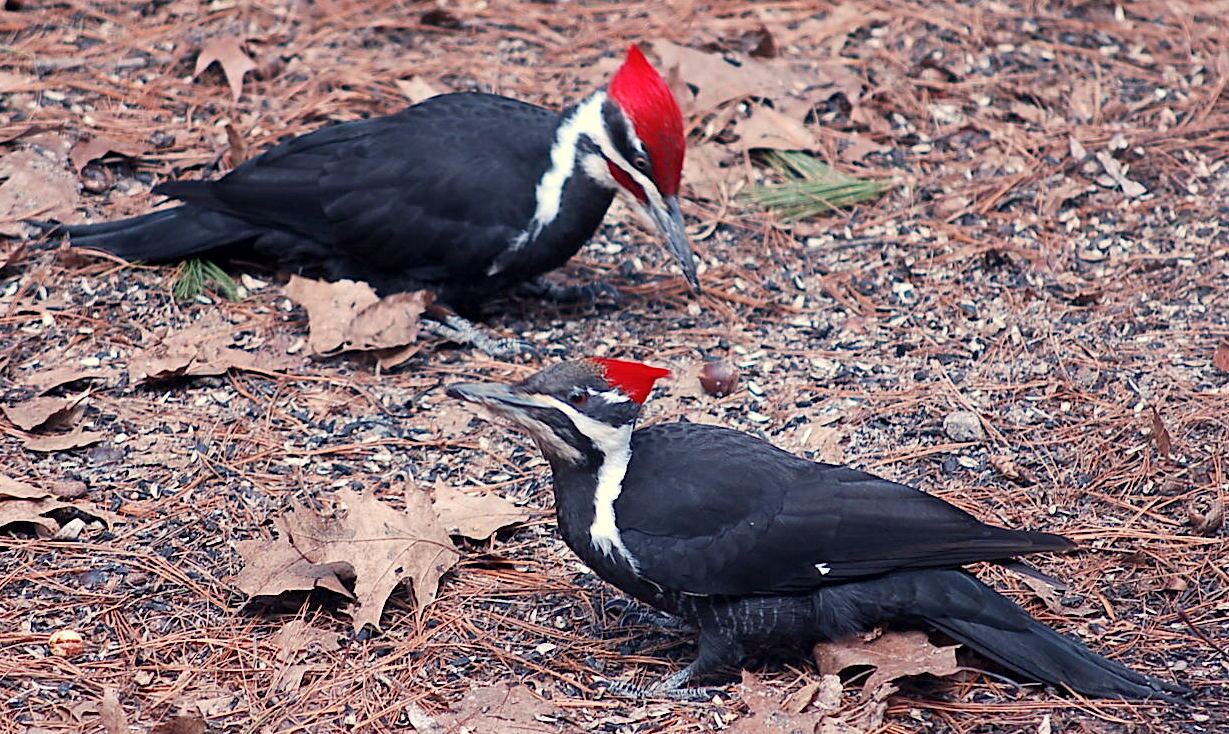Woodpeckers: A Comprehensive Guide to Comprehending These Distinct Birds
Woodpeckers, with their distinctive actions and physical attributes, have actually long captivated the inquisitiveness of ornithologists and nature lovers alike. As we check out the intricate composition, diverse varieties, and ecological relevance of woodpeckers, a deeper appreciation for these distinct birds and the secrets they hold unfolds.

Woodpeckers' Drumming Behavior
Woodpeckers display a rhythmic and exact drumming behavior that offers numerous necessary functions in their daily lives. This actions is primarily connected with communication, territory protection, and foraging. The unique drumming noise is produced by the quick pecking of their beaks against difficult surface areas such as tree trunks, branches, or also steel items.
Communication is a critical aspect of woodpecker actions, and drumming plays a substantial role in this process. Woodpeckers utilize drumming to establish their visibility, draw in friends, and preserve contact with their companions and children. The regularity, strength, and period of drumming series communicate specific messages to various other woodpeckers in the location.
Along with communication, woodpeckers make use of drumming habits for territory protection. Woodpeckers in Florida. The loud and repeated drumming works as an alerting to prospective burglars, indicating that the area is already declared. By establishing their region through drumming, woodpeckers decrease the chance of disputes over valuable resources such as food and nesting sites
Moreover, woodpeckers also use drumming as a foraging technique. The rhythmic pecking helps them find bugs hiding below the bark of trees by developing vibrations that interrupt the victim's cover-up. This behavior showcases the versatility and ingenuity of woodpeckers in utilizing their drumming skills for several necessary purposes.
One-of-a-kind Adaptations for Tree Climbing
Having understood the art of drumming to interact, defend territory, and forage, woodpeckers have actually developed one-of-a-kind adaptations that facilitate their remarkable climbing capacities in their arboreal environments. One essential adaptation is their specific feet. Woodpeckers have zygodactyl feet, with two toes pointing forward and 2 toes aiming backward. This arrangement offers a solid grasp on the upright surface areas of trees, permitting them to cling effortlessly while foraging for pests or drumming. Furthermore, woodpeckers possess rigid tail plumes that act as a prop to support their bodies as they climb up. These tail feathers provide security and equilibrium, enabling woodpeckers to maneuver up tree trunks with precision and dexterity.
Additionally, woodpeckers have powerful neck muscles and an unique head structure that aid in their climbing capabilities. Their solid neck muscles enable them to swiftly peck at tree bark without experiencing whiplash, while their thick skull and little mind work as shock absorbers, safeguarding them from the influence of repeated drumming. These adjustments collectively enable woodpeckers to navigate the upright globe of trees with efficiency and poise.

Duty of Woodpeckers in Environments
Playing a crucial role in forest communities, woodpeckers add dramatically to the balance and wellness of their environments with their one-of-a-kind actions and communications with various other species. Among the crucial ecological features of woodpeckers is their role in managing insect populaces. By foraging for bugs under the bark of trees, woodpeckers assist regulate pest populations, protecting against break outs that could damage the total health of the forest. In addition, woodpeckers produce dental caries in trees that work as important nesting sites for a variety of other bird varieties, advertising biodiversity within the ecological community.
Furthermore, the drumming and articulations of woodpeckers play a vital role in communication and region facility. These audios not just serve to attract companions but likewise assist specify boundaries in between different woodpecker territories, reducing conflicts and advertising a harmonious coexistence within the forest area. Generally, the presence best site of woodpeckers in woodland ecosystems highlights their significance as keystone species, affecting the characteristics and operating of these habitats in multifaceted means.
Composition: Specialized Beaks and Feet
In the intricate web of woodland ecosystems, the specialized beaks and feet of woodpeckers are necessary adjustments that enable them to fulfill their important eco-friendly functions. Woodpeckers possess unique physiological attributes that are specifically created to aid them in their foraging and nesting actions.
The most distinctive function of woodpeckers is their strong, chisel-shaped beaks. These beaks are completely adapted for drilling right into wood to uncover pests, larvae, and sap surprise under the bark of trees. The solid muscle mass and strong framework of their beaks allow woodpeckers to peck at a rate of approximately 20 times per second without triggering damages to their skulls.
In addition, woodpeckers have actually specialized feet that help in their acrobatic climbing up capacities. Their feet have two toes directing forward and 2 toes directing backwards, providing a solid hold on vertical surfaces (Woodpeckers in Florida). This unique foot arrangement, together with rigid tail feathers that serve as an encouraging prop, permits woodpeckers to hold on to tree trunks and branches with read this post here simplicity while they look for food or dig deep into nesting dental caries
Woodpecker Species Diversity
Woodpeckers are a diverse team of birds discovered across numerous ecological communities worldwide, with over 200 recognized varieties displaying adaptations to different settings. Woodpeckers have actually evolved to live in an array of atmospheres, from forests and woodlands to grasslands and deserts, each offering special difficulties that have actually influenced the evolution of distinctive woodpecker varieties.
These adjustments allow woodpeckers to forage successfully in their corresponding habitats, decreasing competition among species and promoting specific niche distinction. In addition, geographical seclusion and historic variables have actually played a function in shaping the circulation and variety of woodpecker types, leading to the broad range of specialized adaptations seen in these fascinating birds.

Conclusion
In conclusion, woodpeckers are fascinating birds that display unique drumming habits, specialized adaptations for tree climbing, and play vital roles in communities. you could check here With a diverse variety of woodpecker types found worldwide, these birds are important for preserving the health and wellness and balance of forests and woodlands.